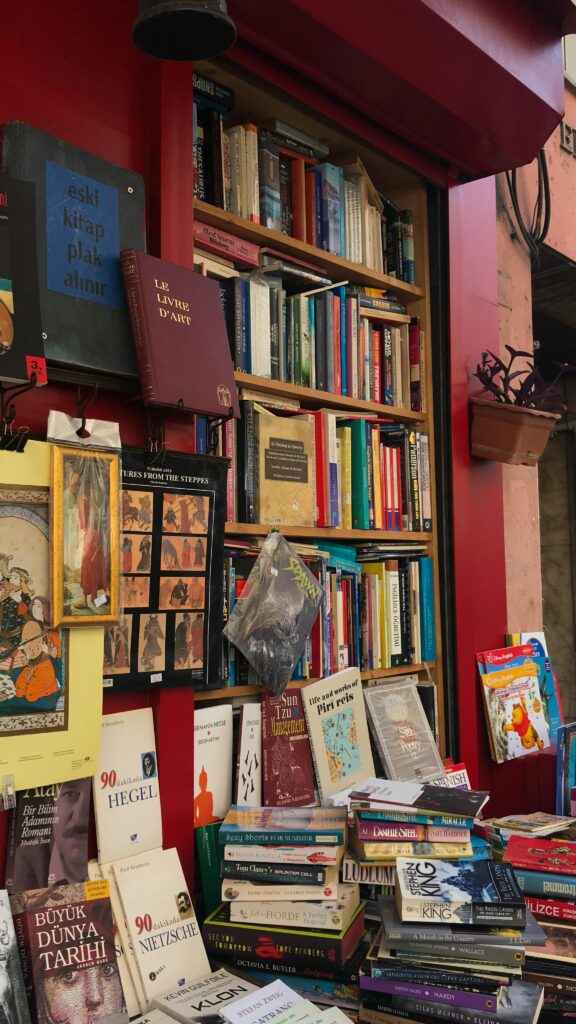When award-winning translator Mark Harman stepped to the podium at Harvard’s Barker Center, he wasn’t just introducing his new volume — he was opening a window into the alchemy of literary translation. Harman’s freshly published Selected Stories by Franz Kafka delivers not only the notorious absurdity of Kafka’s prose but a rich biographical introduction, tracing the author’s Prague-Jewish roots and tumultuous life. Below, we explore the history of Kafka in English, the thorny choices every translator faces, Harman’s innovative methods, and why his latest versions matter now more than ever.

The Long Road of Kafka Translation
Franz Kafka’s works first reached anglophone readers in the 1930s through Willa and Edwin Muir, whose domesticated style softened Kafka’s staccato rhythms. Later translators such as Malcolm Pasley and Stanley Corngold emphasized fidelity to clause structure but sometimes sacrificed fluency. Harman—whose career spans three decades and includes Amerika: The Missing Person and The Castle—builds on this legacy by blending scholarly rigor with a poet’s ear, guided by manuscripts housed at the Kafka Papers Archive in Zurich.
Foreignization vs. Domestication—and Why the Rules Bend
The nineteenth-century theorist Friedrich Schleiermacher proposed two polar strategies:
- Foreignization: Preserve original phrasing and syntax, exposing readers to the source culture—even at the cost of awkwardness.
- Domestication: Smooth the text into the target language’s conventions, prioritizing readability over “foreign” flavor.
Harman rejects a binary choice. In practice, he may retain Kafka’s signature dash-laden sentences to echo the German’s breathless paranoia, then domesticate obscure legalese into crisp English. His motto: “Stay as close as sense permits, then diverge to capture voice.”
Hands-On Translation: A Window into Process
At the Barker Center event, Harman invited attendees to translate Kafka’s poem “Wunsch, Indianer zu werden” (“Desire To Become an Indian”). Faced with four German variants and three of his translations, the audience saw how swapping a single noun or tense can shift tone from playful whimsy to existential dread. This exercise underlined a core truth: translation is never finished, but in constant refinement.

Behind the Biographical Introduction
Harman’s new collection opens with a 12,000-word life sketch drawing on Kafka’s diaries, letters to Felice Bauer, and newly unearthed photographs. He contextualizes stories like “The Hunger Artist” within Kafka’s frail health, his complicated relationship with his father, and the Austro-Hungarian milieu. By weaving personal anecdote with literary analysis, he gives readers a compass for navigating Kafka’s labyrinthine imagination.
Technology, Collaboration, and Style Consistency
To maintain consistency across stories, Harman employs digital corpora compiled from Kafka’s complete works in German. This allows him to track how Kafka uses a single verb in different contexts and mirror that cadence in English. He also collaborates with Czech-German studies scholars and consults drafts preserved in Prague’s National Library—a multidisciplinary approach few translators attempt.
Why 2025 Is the Perfect Moment
The centenary of Kafka’s death in 2024 spurred global exhibitions—from Prague’s Kafka Monument to the Jewish Museum Berlin’s “Kafka’s World” display. Harman’s book rides this wave of renewed interest, offering readers translations that feel both timeless and urgently alive. Whether you’re a first-time reader or a Kafka connoisseur, his versions promise freshness alongside fidelity.
Lessons for Aspiring Translators
- Know Your Author: Dive into letters, diaries, and biographies to understand motivations behind each phrase.
- Embrace Revision: Translate, sleep on it, and revisit—a translation improves with distance.
- Balance Rigor and Imagination: Honor the original structure but don’t hesitate to break a rule for voice.
- Use Digital Tools Wisely: Corpus software can reveal patterns a single brain might miss.
- Seek Feedback: Workshops, peer review, and hands-on exercises uncover blind spots.

Frequently Asked Questions (FAQs)
Q1: Who is Mark Harman?
A leading Kafka translator and emeritus professor at the University of Manchester, Harman has won the Modern Language Association’s translation prize for his work on Kafka’s novels and stories.
Q2: What makes Kafka hard to translate?
Kafka’s prose features nested clauses, abrupt shifts in tone, and deliberate ambiguity. Capturing his “voice” requires navigating between literal meaning and the feeling behind each sentence.
Q3: What stories are included in Selected Stories by Franz Kafka?
The volume collects classics like “The Metamorphosis,” “In the Penal Colony,” and lesser-known gems such as “A Report to an Academy,” each introduced with context about its genesis and themes.
Q4: How does Harman’s translation differ from earlier English versions?
Harman combines foreignized syntax with domesticated clarity, uses Kafka’s own drafts to guide word choice, and updates idioms to resonate with contemporary readers without distorting original intent.
Q5: What’s the difference between a translator and an editor?
A translator renders text from one language to another; an editor polishes the target-language manuscript for style, consistency, and audience expectations. Harman fulfills both roles, overseeing every stage.
Q6: Can I use these translations for academic study?
Absolutely. Harman’s editions include extensive footnotes, variant readings, and bibliographies—making them invaluable for courses in comparative literature and translation studies.
Sources The Harvard Crimson


